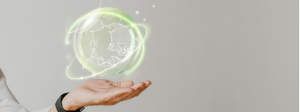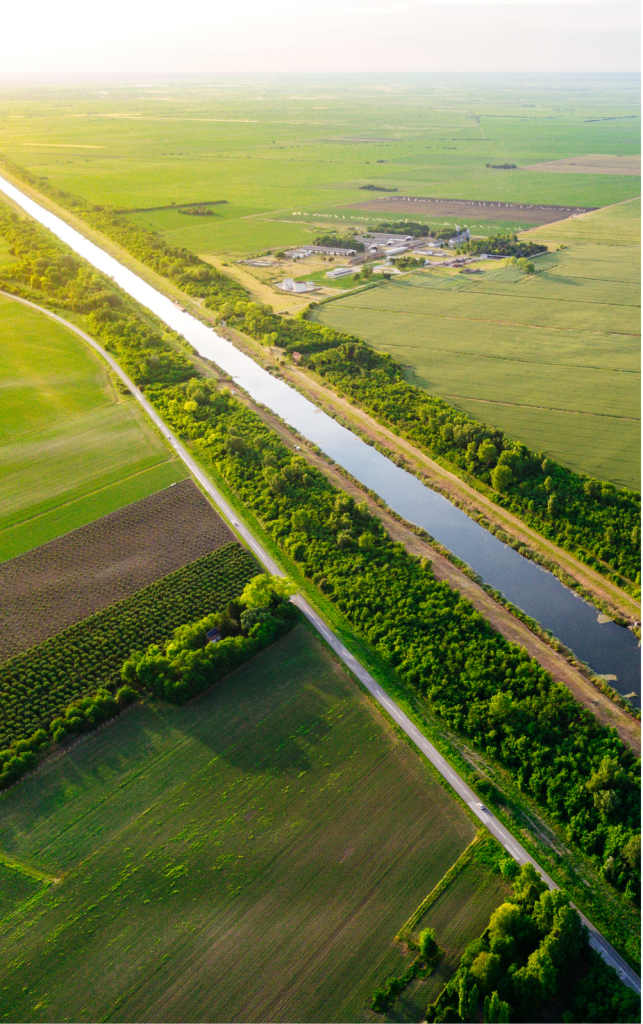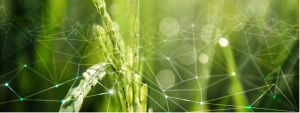
Do data centres truly improve sustainability?
Do data centres truly improve sustainability? Fernando GómezSettings The rise of Industry 4.0 and the increasing use of new technologies have created a significant dependence
Both the bioeconomy and the circular economy have gained increasing attention over the past decade. Towards the end of this period, a concept began to emerge that combined key elements of both frameworks: the circular bioeconomy. Let us first understand the origins of both concepts from the perspective of EU policy, before examining how they intersect.
The circular bioeconomy lies at the intersection of two concepts that, as we have seen, have developed in parallel throughout the past decade. Both policy agendas share overlapping goals and intervention areas. It makes sense to create synergies to merge models and strategies—but this must be done coherently and carefully to ensure that resources are used more productively and efficiently.
The European Commission presented its first Circular Economy Action Plan in 2015. This package included several amendments to existing legislation on waste treatment and recycling, as well as a communication titled “Closing the Loop – An EU Action Plan for the Circular Economy.” In this document, the circular economy is defined as one in which the value of products, materials, and resources is maintained for as long as possible, and waste generation is minimised.
In the circular economy model, the traditional linear production system (take, make, use, and dispose) is replaced by a circular model in which materials remain within the system for as long as possible. The circular economy aims to increase the proportion of renewable or recyclable resources, reduce raw material and energy consumption, and protect the environment by minimising emissions and secondary flows.
In 2020, the EC adopted a new Circular Economy Action Plan as one of the key pillars of the European Green Deal. This updated plan considers the entire lifecycle of products and focuses on resource-intensive sectors where circularity potential is highest: electronics and ICT, batteries and vehicles, packaging, plastics, textiles, construction and buildings, food, water and nutrients.

The circular bioeconomy lies at the intersection of two concepts that, as we have seen, have developed in parallel throughout the past decade. Both policy agendas share overlapping goals and intervention areas. It makes sense to create synergies to merge models and strategies—but this must be done coherently and carefully to ensure that resources are used more productively and efficiently.
Paul Stegmann et al. (2020) proposed the following definition, based on key elements found in previous literature:
The circular bioeconomy focuses on the sustainable and efficient valorisation of biomass through integrated, multi-product production chains (e.g., biorefineries), while also making use of waste and optimising the value of biomass over time through cascading processes.
The use of biomass as a resource is the central point of intersection between the bioeconomy and the circular economy. Growing concerns over the disruption of food chains and other sustainability issues have led to a shift towards using biomass categorised as co-products, by-products, and waste (e.g., forest thinning residues or the organic fraction of municipal solid waste). Using residual biomass streams as feedstock for bioproducts can result in a drastic reduction of global waste.
This aligns closely with the circular economy model: mitigating reliance on virgin materials, keeping materials in the system for longer, closing loops, and increasing resource productivity. At the same time, the aim is to reduce greenhouse gas emissions by using renewable rather than fossil raw materials (OECD, 2018).
An additional point to note is that the circular economy typically focuses on urban and industrial processes, while the bioeconomy is more concerned with innovation based on biological resources in predominantly rural contexts. The concept of the circular bioeconomy brings together these two trends and links urban and rural communities (Lauri Hetemäki et al., 2017).

Do data centres truly improve sustainability? Fernando GómezSettings The rise of Industry 4.0 and the increasing use of new technologies have created a significant dependence

Tracking Europe’s Green Transition: Insights from LIFE programme trends (2021–2024) Marie LatourSettings Since the start of the 2021-2027 programming period, the LIFE Programme has financed

Bioeconomía Circular: convergencia estratégica entre la economía circular y la bioeconomía Fernando GómezSettings Both the bioeconomy and the circular economy have gained increasing attention over
